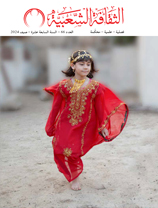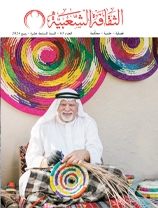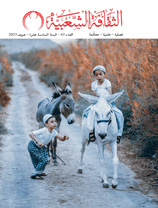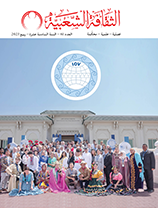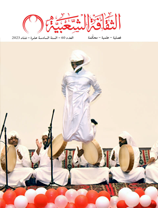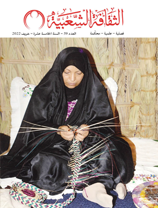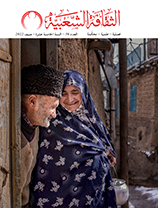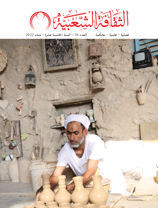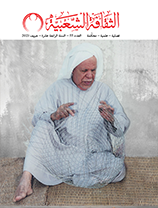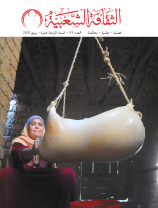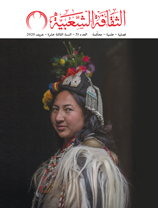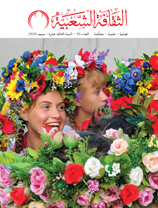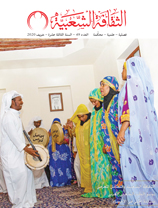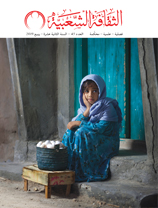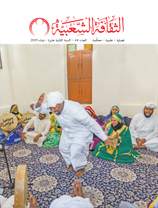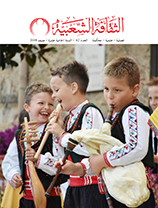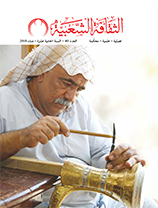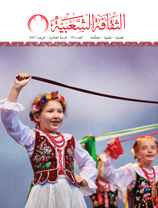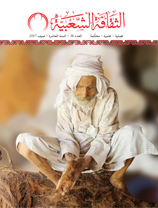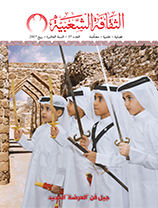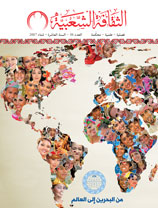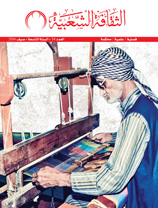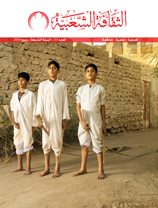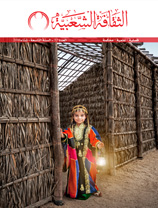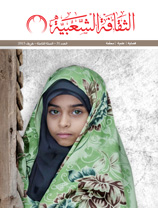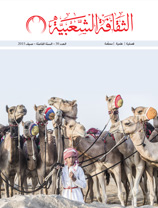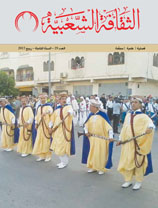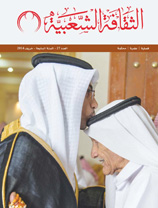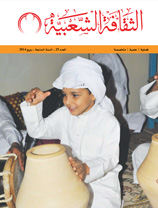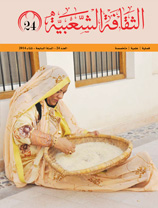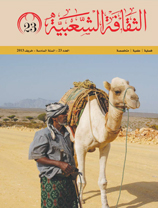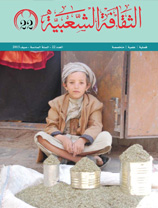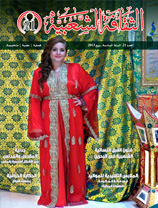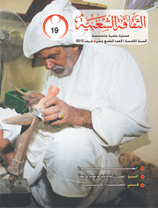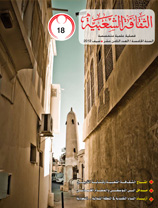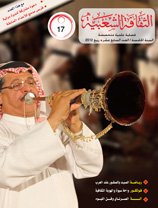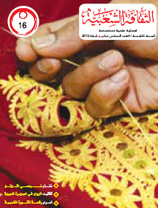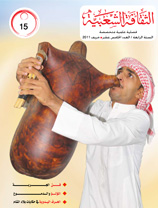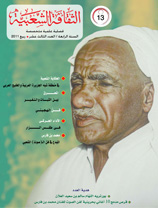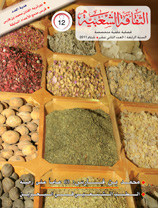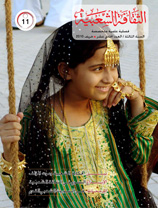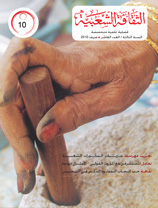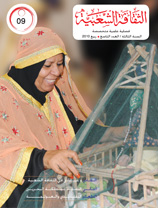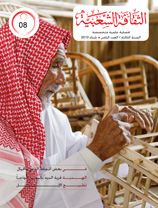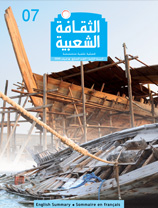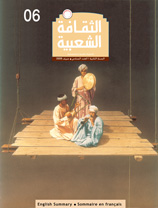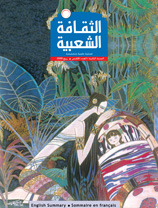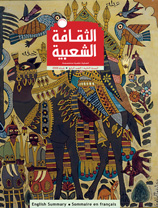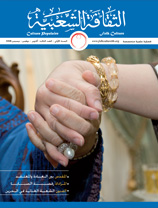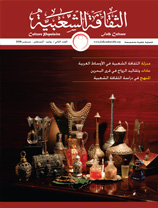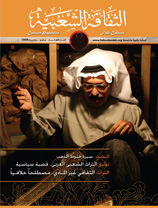Elite Celebrations in Tuareg Region Janet Oasis As An Example
Issue 1
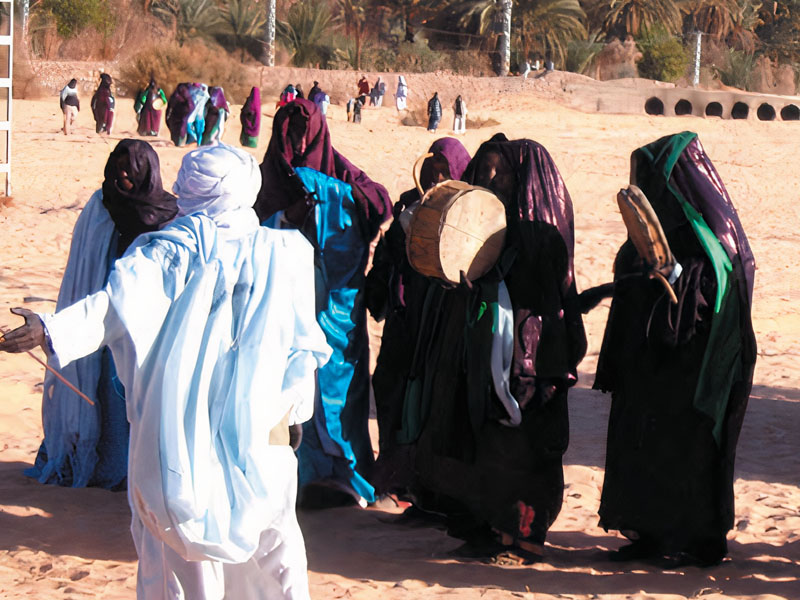
Maryam Bu Zayd- Algiers
This paper deals with the Celebration in Tuareg communities connected to urban groups that prefer to be called Keel Agram instead of Tuareg. In their language Keel means “people” and A gram means “Palace “. Thus the desirable term to them is People of Palaces. This Celebration is epitome of social, economic and artistic history of these groups. It trans its to us history of clothes, jewelry, consumption and history of social relationships, intermarriages and political alliances.
The paper focuses on the celebration in Janet area, one of the important oasis in Azgar region, 2300 km to the South East of Algiers, where three old palaces are found. In each of these palaces, there are tribal inhabitant groups of different origins. It is worth mentioning that groups within each palace have a symbolic conflicting relations due to symbolic allegiance to dominating tribes expressed by signs branded on camels and food plates and, of course, engraved in the memory of peoples.
The research indicates that these celebrations were connected in North African communities with religious authorities of monotheistic belief. Keel Janet refers their celebrations of the victory of Moses over Pharaoh and his men. Whereas we find the Moroccans and the inhabitants of Wirzazat in their celebrations hail the rescue of Abraham from the fire of the atheists. When water arrives at the celebrations of the Tuareg of Janet represented by the space of the valley, the beacons with its flames lighten the nights of the Moroccans as they jump over it. The ferocious waves and burning fires by the power of the youth and the wisdom of the drum beaters and the strength of the tuned words. The Janctians opted for ancient Egypt to be related to their celebration as a symbol of the triumph of Unitarianism over atheism and justice over tyranny The supposedly historical relationship or that existed between Keel Janet and Egypt as in the legends of creation at one time and the legend of agriculture and fertility at another indicates that the celebration was imported from Egypt.
The paper refers to Sbabeh as one of the rival ritual lyrical performance where the palaces of Zilwaz and that of Almizan meet for ten days in all manifestations of joy and suffering. Those who criticize Keel Janet’s Celebration found profaneness in the rites. They noticed that the drum beaters followed by the dancers of each team rushed in the direction of the rival’s palace.
The paper points out that the These celebrations arc complex rituals with multiple significance and messages. It embodies ideas and cultural practices that distinguish the people of palaces from other inhabitants of the vast desert, i.e. the Bedouins. These rituals underline discipline and social system and not as some studies concluded that it was an open space where acts of profanes and violations are unlimited. These views arc influenced by earlier studies of this phenomenon.
The writer concludes that this Celebration is nothing but a format used to expose social questions related to local and general history, despite the fact of the echoes of some religious ideology such as the triumph of Moses over Pharaoh and his drowned men or the safety of Abraham from the fire of the atheists and many other interpretations. These interpretations are utilized by the celebrants of Keel Janet to repudiate accusations of paganism and atheism.






